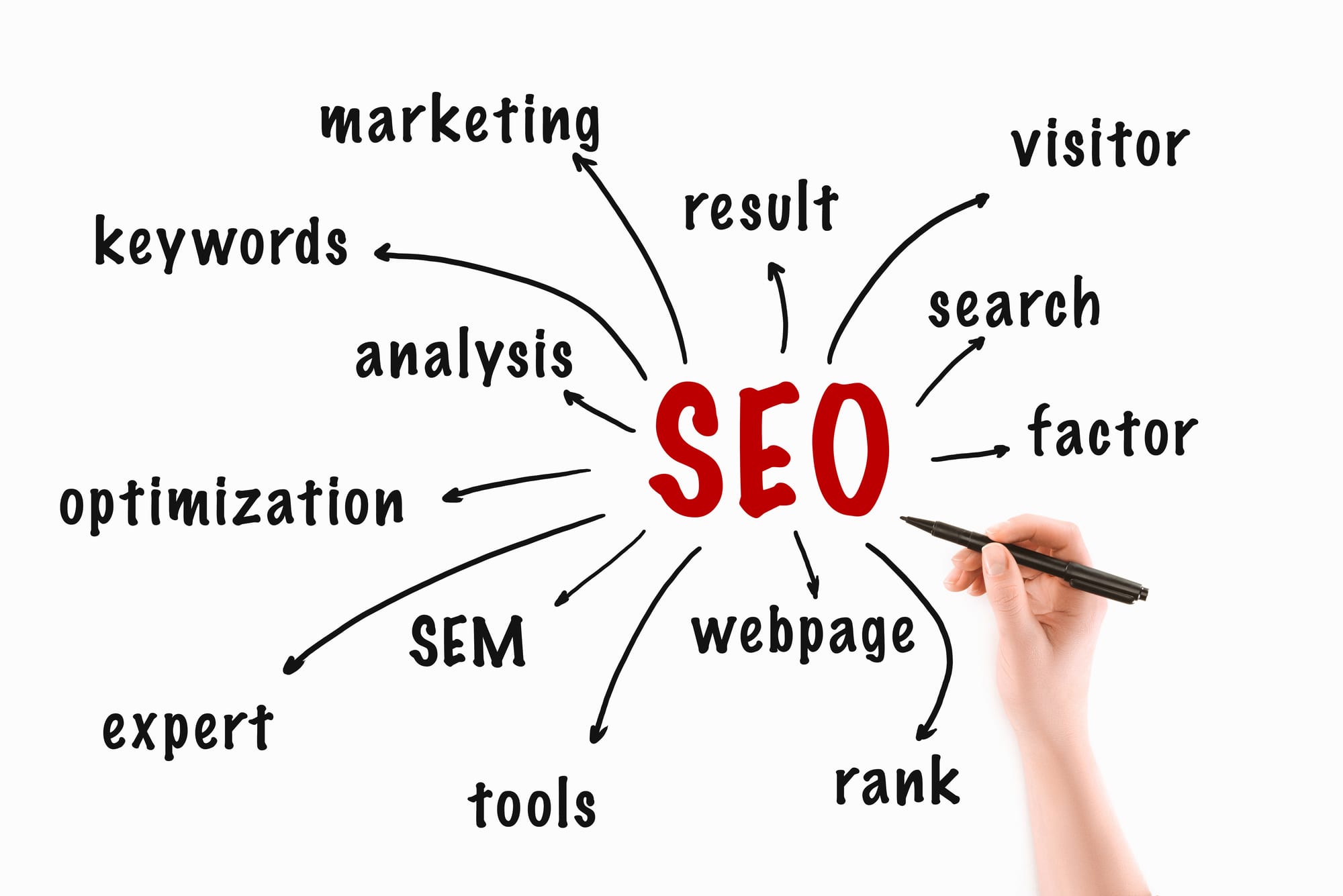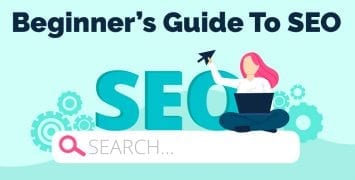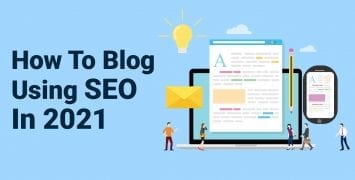You already know the value of optimizing each page on your company’s site. But sometimes us Internet marketers gets a little too bogged down in the technical side. Today I want to take a step back and focus on practical strategies.
Here are my top ten tips for a perfectly optimized page:
1. Craft URLs with a focus on SEO
Google considers the first three to five words in your URL to be the most important for SEO purposes. Ideally, your URL won’t go over three to five words in total, which means every word is a keyword. You’ll definitely want to include the most important target keyword.
2. Add Modifiers to Your Title
Increase long-tail versions of your keyword by adding a few simple modifiers to the titles. This will help signal to the search engines that your content is current and fresh. Use words like the following:
- 2016
- Guide
- Review
- New
- Best
These are common terms people include when they want to find the latest information on a topic. Including a few of these words within your descriptive titles will help increase your SERP.
3. Start Your Titles with the Right Word
There should be one primary keyword which summarizes your article. Put that word into your title tag. The closer the keyword is to the beginning of the title, the better. This provides a clear signal to the search engines as to what your article is about.
4. Use H1 Tags for Your Titles
This the default Headline Tag used by most Content Management Systems including WordPress. Most people don’t need to worry about setting the H1 tag because it’ll be there by default.
But not always! Don’t forget to double-check your tag type, especially if you’re using a custom theme. Some custom themes override the H1 setting, and you’ll want to change it back.
You should only have one H1 tag on each page. This should always be the title. Remove H1 tags from subheadings and other areas. One H1 tag containing your target keyword, in the title of your article, is all you need.
5. Use H2 Tags for Your Subtitles
Readers prefer text which is broken into small, easy to digest subsections. Give each one a clear, descriptive title. This lets readers skim your content to easily find the info they want.
Each subheading should be wrapped in an H2 tag. This appeals to readers visually. Additionally, clear subheadings help search engines determine ranking topics.
Include a target keyword in each subheading. This a great way to spread multiple keywords throughout your document.
6. Include Keywords in the Content
There’s no shortage of conflicting advice about where keywords should be included in the body of the text. I’ve tried lots of different placements over the years. Personally, I’ve found the most success by including my main keyword within the first 100 words of your homepage.
7. Add Audio and Video
So far, we’ve been focused on text. Written content is great, especially for improving your SERP. But not everybody wants to read. Some people prefer pictures, sounds and videos.
Cater to this audience with images, webinars and podcasts. Did you know images are the most shared type of content on the web? A well designed infographic can provide a ton of information in a format which people can grasp in a glance.
9. Don’t Forget Internal Links
You should have a constant supply of new information. This can be blog posts, images, special offers, email newsletters and more. You’ll distribute this content to your customers depending on where they are in the Conversion Funnel.
All this content paints a larger picture of your brand your industry. This means a lot of this content will have slightly overlapping information. You want to connect each piece of content whenever you can.
10. Be Mobile Friendly
Last year, Google began cracking down on sites which didn’t cater to mobile. This only going to be more of a penalty as time goes on. Always keep mobile optimization a main priority.
This includes optimizing the look of your site for mobile, which means a clean, clear design. Mobile sites are often used by people who are already traveling in the area. So your mobile site needs to prominently feature your name, address and phone number. This helps customers find you even if they’re familiar with the area.
Final Thoughts
Each tip is simple and easy. But when they’re all implemented, the effect can be powerful. Before you publish any new content, run through the checklist above.




